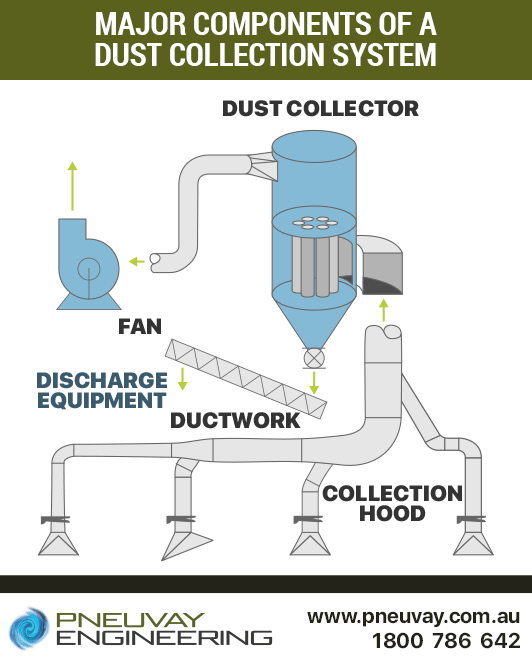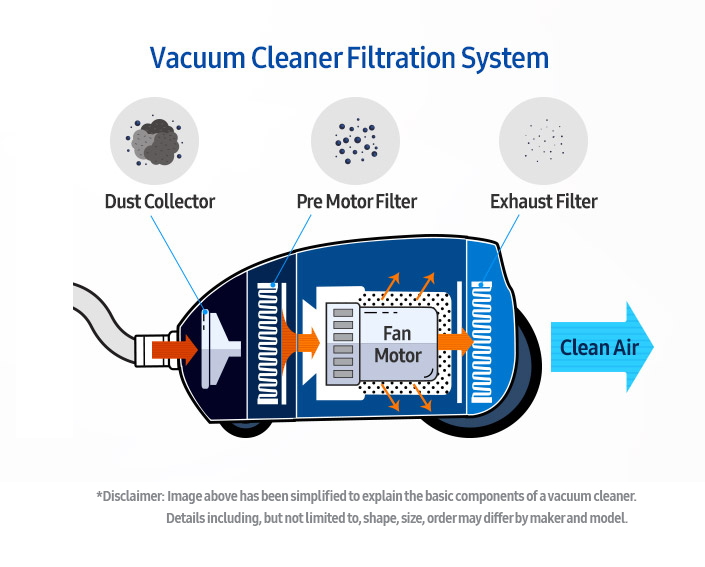Some Ideas on Dust Extractors For Small Workshops You Need To Know
The Basic Principles Of Dust Extractors For Small Workshops
Table of ContentsDust Extractors For Small Workshops Things To Know Before You Get This4 Simple Techniques For Dust Extractors For Small WorkshopsThe Dust Extractors For Small Workshops StatementsOur Dust Extractors For Small Workshops Ideas
The obstacles for foundry dirt collection systems revolve around crystalline silica dust, carbon monoxide, and heat, which are poisonous combinations. These variables make meeting air quality requirements difficult and also demanding. When choosing a dirt control system for a foundry, the first factor to consider is the capability of the unit to stand up to rough and unsafe office problems.
Dirt collection systems for this kind of procedure need to be especially developed to fit the kind of coating being applied. The objective of the system is to control as well as reduce overspray and also dust.
Though it would certainly seem likely to enhance air flow and also movement, this kind of remedy might be ineffective and waste energy. The style of the cubicle depends upon the force of the air going into the cell or booth. For most systems, it is necessary to have a minor vacuum in the booth to avoid feasible positive stress.
Dust Extractors For Small Workshops for Dummies
An additional approach is simply positioning the make-up air connection on the top of the cubicle. Despite the layout, it is very important for the cleansing of the air to have cross air flow. Similar to a cleanroom, airflow in a thermal spray booth can be either horizontal or downward, though the down style is best for dirt collection systems.
The pharmaceutical sector is a very regulated industry with substantial and also specific laws. Dirt from pharmaceuticals is created primarily during the production and packaging of items. Each action of creating a medicine, that includes granulating, drying out, blending, pushing, covering, as well as grinding, creates big quantities of dirt that require to be removed.
Obstructing and also controlling this circulation is the function of the dust control system. When developing a dirt control system for a pharmaceutical plant, the very first factor to consider is mapping the air flow system to track the course of dust, fumes, existing air movement patterns, and possible transformative modifications. Because several pharmaceutical dusts are flammable, the style of the air flow system is incredibly crucial.
HEPA filters are commonly discovered in pharmaceutical dust control systems since they are the most effective and dependable. Similar to a shop system, they are mounted as a second protection to accomplish zero discharges. Recycling produces a large amount of dirt as a natural outcome of decreasing items to their resources.
The smart Trick of Dust Extractors For Small Workshops That Nobody is Talking About
Dust stems after materials are shredded, crushed, or have paint or lacquer eliminated. All recycling centers are required to comply with air top quality criteria. As they work to meet top quality requirements and control toxins, they have identified that dirt control is a major problem, leading to the large use dirt collection systems to minimize and also contain the issue. dust extractors for small workshops.
When producers choose a dirt control system, they are recommended by producers concerning the kind of system that would certainly best fit their demands given that acquiring and installing a read here dust control system is a significant investment. Particulate matter is available in a wide range of kinds, from silicon dust to timber chips and sawdust.


Little Known Facts About Dust Extractors For Small Workshops.
Textile filter bags in a cartridge system are the most efficient approach for gathering dust. Dirt collection systems are this covered to consist of the dust and also tidy the air.
Plastic Dirt High-Density Polyethylene (HDPE) dust is generated in the production of plastic panels when they are designed and developed on an edge leaner, grinder, or miter saw. Paper Dirt Among the much more common forms of dirt is paper dirt, the adverse effects of the manufacturing of numerous sorts of paper.
With the introduction of dirt collection systems, workers are more secure and more protected. Sugar Sugar dust is the spin-off of the manufacturing of sweet. Pulse jet systems are made use of to keep the go to my blog filters of the dirt collection system particulate-free. The gathered product is eliminated and also accumulated in drums. Zinc Zinc dust is generated in the galvanizing process.
A baghouse system is the preferred system. Rice Dirt Rice dirt has very fine and also minute bits that build up throughout the manufacturing of rice-based items. A dust collection system is needed for the security and safety of workers. Silica Silica is just one of one of the most usual substances in the world. It is a central part of numerous manufacturing procedures, such as the production of glass, ceramic floor tile, cement, and asphalt.